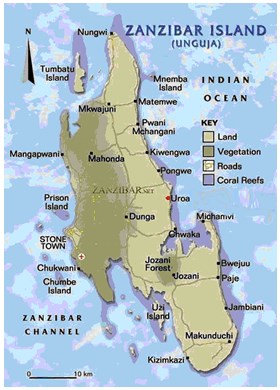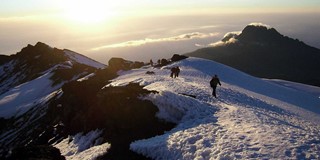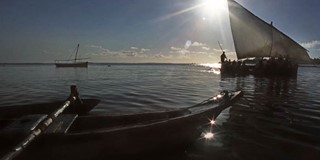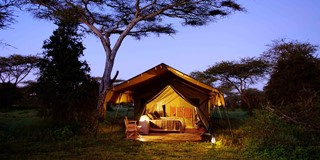
Spice Island Tour

- Overview
- Main Attractions
On the Spice Island excursion you'll find tropical fruits, spices and other rare species of plants are among the different vegetation. This is not only a excursion but a rare experience to prove out why Zanzibar is referred to as the Spice Island. This part of your holiday mainly focuses on a visit to the spice farm.
Almost like a big Easter egg hunt, visitors go from plantation to plantation and from plant to plant trying to find the spice within. A guide may use a knife to carve off a root or branch or bark and then ask you to smell or taste it to guess what it is. Use caution with the bright colored ones because turmeric can leave a stain on clothes that will last a lifetime. Nutmeg grows on a tree and is sort of the pit of a fruit that looks somewhat like an apple. The nutmeg trees are huge and the under-forest is dark. Vanilla is a vine that grows on large trees and cardamom seeds grow at the base of large, ginger-cousin light green plant that has shoots or runners from which the seeds are picked. Cinnamon leaves are good for chewing and pepper is hot, green and fresh tasting before it is dried and ground to become black pepper. The guides may offer you a green coconut while you're on the tour and they're very good. Don't expect a Pina Colada, green coconuts don't have sweet milk – it's more like subtly flavored water – and the meat is delicious. All along the tour there are kiosks where tourists can buy packaged spices including the following: turmeric, tandoori, vanilla beans and extract, masala, hot chilies, black pepper (ground or whole), cloves, nutmeg, cinnamon sticks or powder, saffron (not locally grown but affordable), ginger, and others. Tours can be expensive so shop around or ask a reputable hotel to set up the guide and driver.
A visit to Kidichi: This 3-hours guided excursion begins and ends up at your hotel via Kidichi Village, to view the Persian Baths built in 1850 by Seyyid Said bin Sultan for his wife Princess Shehrzard. The Baths were built between 1870 and 1888 for sultan Barghash bin Said for use as public baths, and maintained this function until 1920. They are referred to as "Persian" because their construction was commissioned to Shirazi architects. The word "Hamamni" means "the place of the baths".
Visit Kizimbani Village: The Zanzibar spice tour proceeds to the Kizimbani village located in the central district of Zanzibar. At Kizimbani you will visit the spice farms to see, smell and test varieties of tropical fruits and spices. Fresh spices including black pepper, coriander, cardamom (cardamon) spice, cinnamon spice, cloves, ginger, vanilla sticks, lemon grass, nutmeg and many others, and Zanzibar tropical fruits like, jackfruit, pineapples, bananas, mangos, malay apples and more are also spotted at the tour.
::: Select Recommended Tours :::
-

Kilimanjaro Climb - 5Days Marangu
The Marangu route is one of the most popular routes to the summit of your Kilimanjaro Climb.
-

Zanzibar Luxury Beach Tour
Explore Zanzibar Beaches in style with exclusive access to top 5star properties in Zanzibar.
-

Kenya & Tanzania Adventure
Combine two of the best top Wildlife and Safari Destinations in East Africa - Kenya & Tanzania..